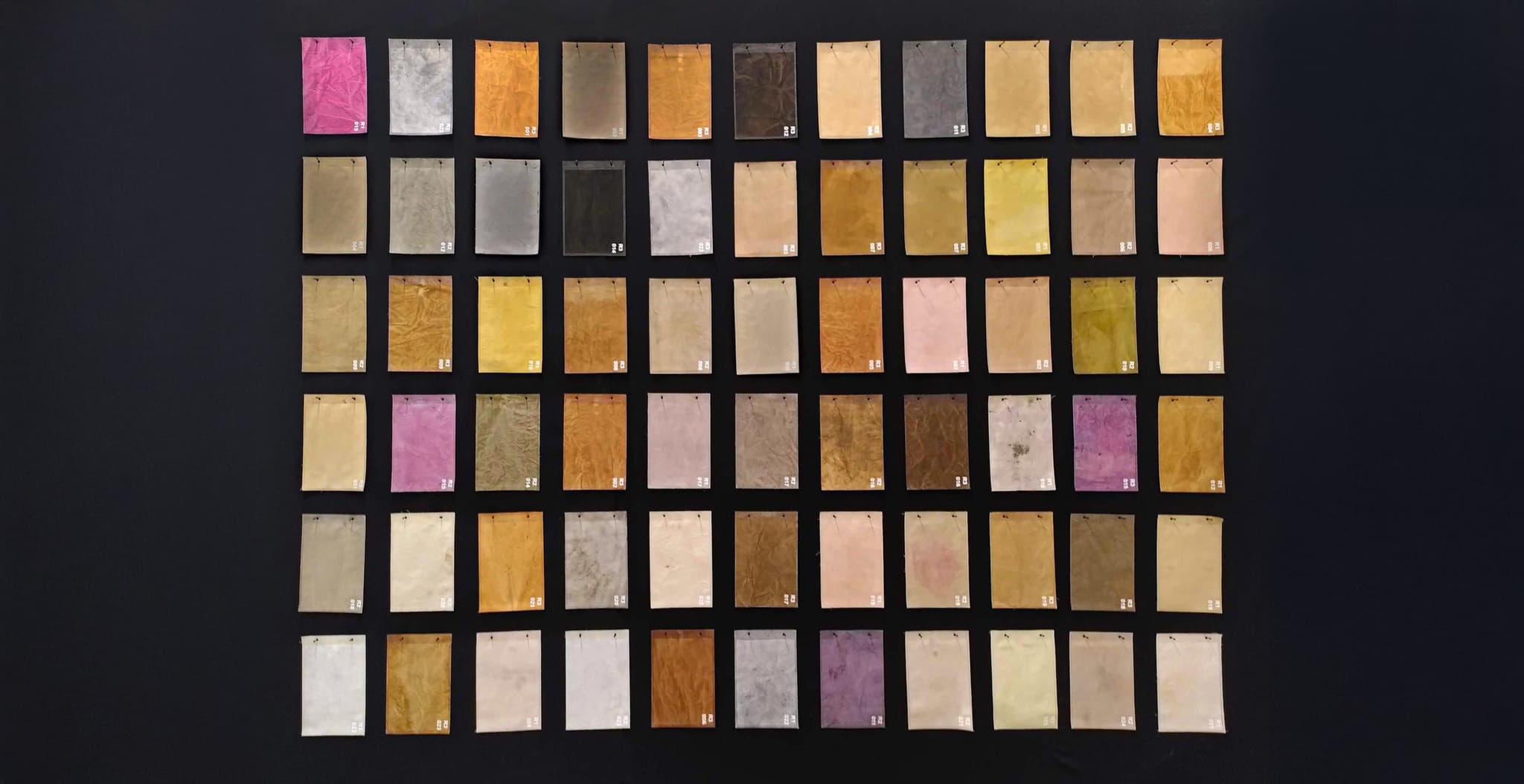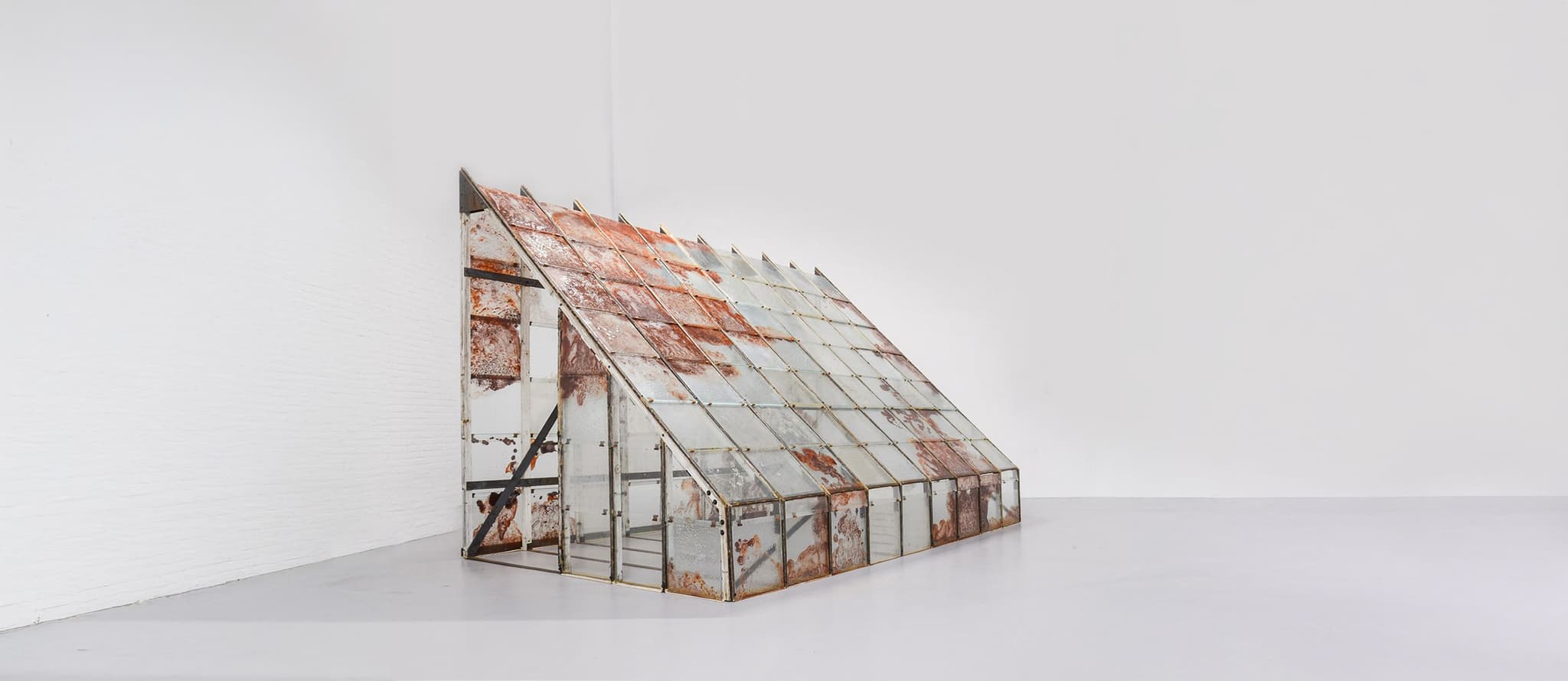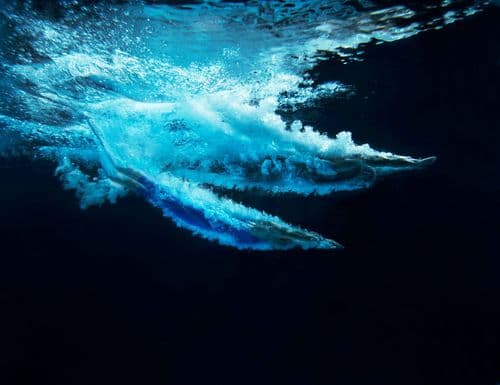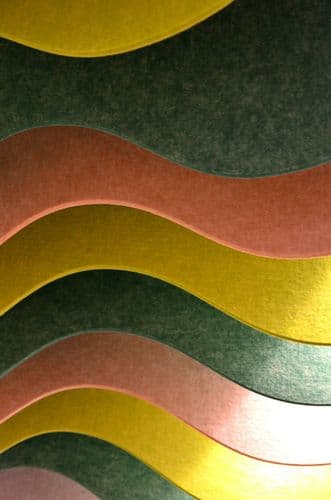1. You extract pigments from materials found during walks—such as rusted metals, ground rocks, and plants. What criteria guide your selection of these materials, and how do their inherent properties influence the final pigments?
I’m drawn to materials for their color, texture, and the stories they carry. For instance, rust offers a rich palette of reds, browns, yellows, blacks, and purples—I intensify this by soaking rusty objects in water for years to deepen the pigment. Certain plants reveal unexpected vibrancy when simmered into dyes, which I sometimes further modify with rust or other compounds. With rocks and minerals, I experiment by grinding and heating to yield unique pigments. Each material demands its own process, enabling an exploratory alchemy approach.

2. In your process of transforming rust into dripping red forms within glass, what specific chemical reactions are you harnessing, and how do you control these reactions to achieve desired aesthetic outcomes?
I sandwich rust between glass plates and heat them to ~800 °C. The rust transitions—from black to terracotta shades—through oxidation. Though I don’t dictate exact shapes (I welcome the material’s spontaneity), I control temperature and duration to influence the outcome. I ensure the glass remains intact while letting the rust boil, drip, and form dynamic liquid shapes captured within the glass. This blend of scientific control and alchemical openness creates my desired aesthetic.
3. When melting sand into glass, how do variations in the sand's mineral composition affect the properties of the resulting glass, and how do you adapt your process to accommodate these variations?
I collect sand from various locations; its mineral composition profoundly shapes the glass. High iron content induces green or red tints, while mica or quartz adds shimmer. I adapt by altering heating cycles, melting duration, and even using cullet (recycled glass) to balance color, clarity, and strength.

4. Your work explores the boundary where science meets magic. How do you navigate this intersection in your material experiments, and what methodologies do you employ to balance empirical research with intuitive exploration?
My practice is dialogic—a dialogue with materials. I begin with a research question—like “What happens when rust meets plant dye?”—and then enter into a collaborative process, where both science (documentation, replication) and intuition (response to unexpected results) play key roles. I record each step, though factors like harvest time or plant source often evade documentation, opening space for unpredictability and new discoveries. This interplay allows me to evoke both scientific and magical qualities.
5. In creating pigments from plant-based dyes, how do you address the challenges of colorfastness and longevity, especially considering the natural variability of plant materials?
To improve lightfastness, I mordant fibers or surfaces using alum or iron, and occasionally fix dyes with vinegar. Yet results vary, and fading remains a feature I embrace—it emphasizes the temporary and magical nature of the work. I accept variability as part of the final expression.

6. Could you elaborate on the techniques you use to integrate oxides from old metals into your pigment creation, and how these techniques influence the texture and hue of the final product?
I generate oxides by controlled corrosion—soaking rusty metals in water for up to five years—to extract a deep-rich liquid pigment. Heating this mixture can shift hues from black to terracotta, and it also alters texture, adding grit or viscosity depending on how long it’s heated and at what temperature.
7. In what ways do you consider the lifecycle of your materials, from sourcing through to the end-of-life of your installations, and how does this consideration influence your design decisions?
I prioritize recycled, natural, or found materials to minimize environmental impact. For instance, I reuse antique greenhouse glass and plant dyes. My installations—like Greenhouse—are designed for disassembly and repurposing, reflecting an acceptance that glass will eventually break and return to sand, and rust will be freed. I celebrate these cycles as part of the work’s narrative.

8. Looking ahead, how do you envision the role of experimental material practices like yours in shaping future dialogues around sustainability and the redefinition of material value in design?
I hope my work encourages others to recognize overlooked resources and reclaim a creative, sustainable future. By foregrounding natural processes and material transformation, I aim to inspire wonder in non-human nature, and shift perceptions of what constitutes material value.








